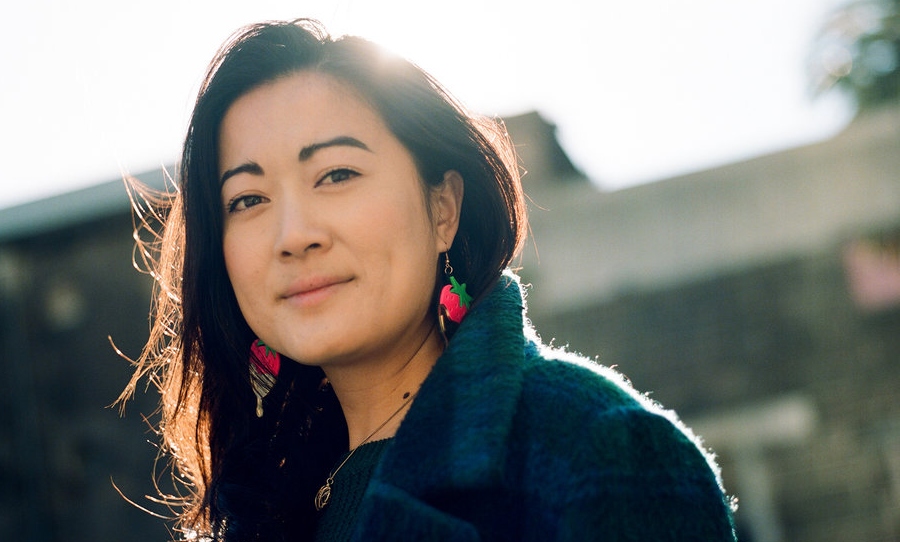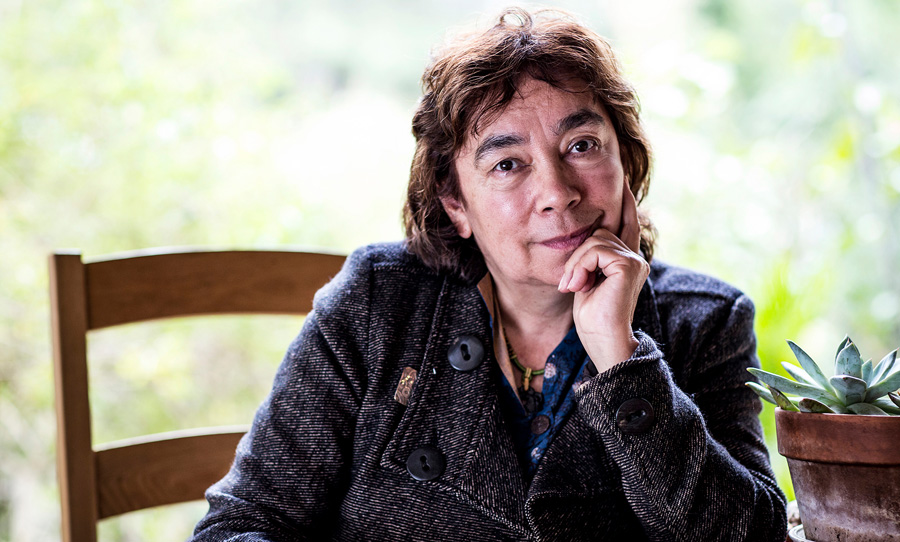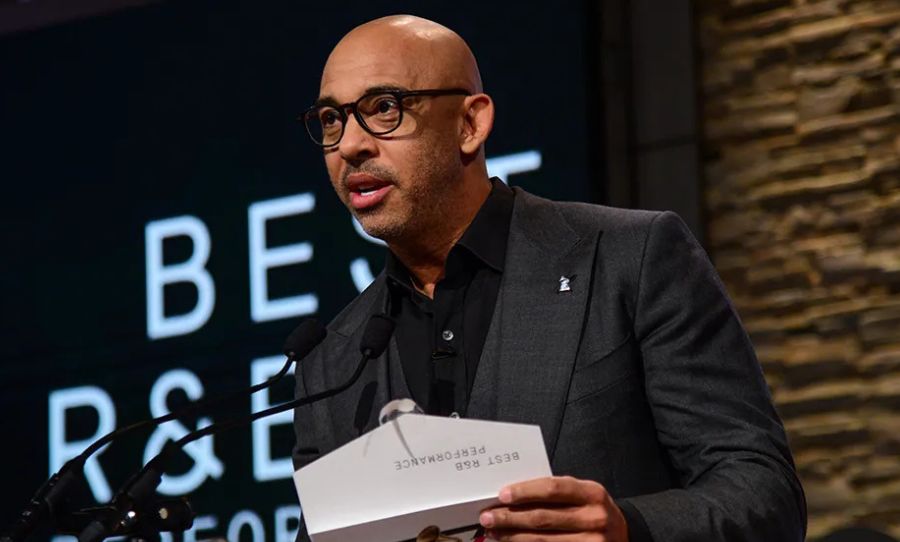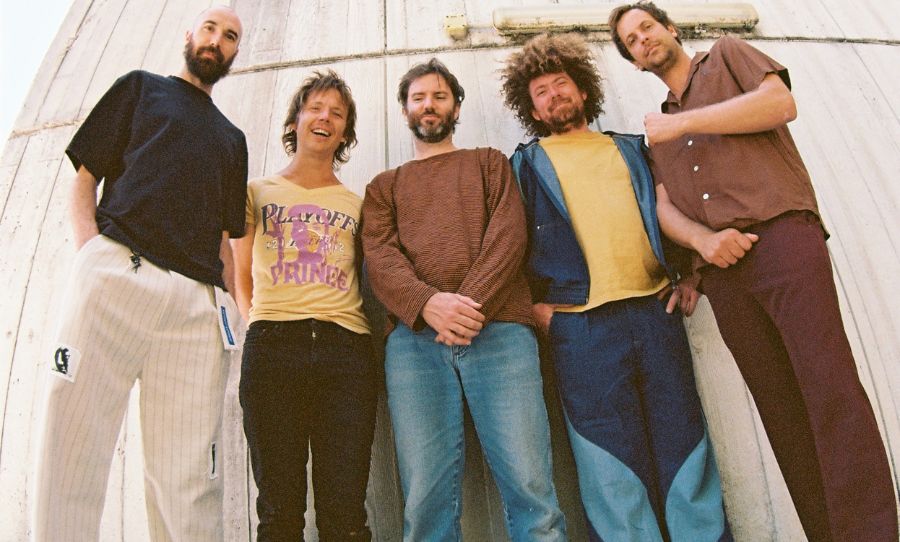The Stella Prize has made a monumental shift in Australian literature. Here’s what’s happened in the decade since its proposal.
The Stella Prize is named after Stella Maria Sarah Miles Franklin — a reclamation of the first name of the eponymous writer and benefactor of the Miles Franklin Award — and was established to address the gender disparity in the Australian publishing sector.
On International Womens’ Day 2011, a group of Australian authors gathered at a Readings bookstore in Melbourne to voice their frustrations about the “underrepresentation of women on the literary pages of the major Australian newspapers, both as reviewers and as authors.” At the time, only 10 women had ever won Australia’s biggest literary award, The Miles Franklin, over its half-century history.

That pivotal moment has been reflected upon by the original group of women who proposed the prize, with Jo Case, Stella Prize co-founder, stating:
“It just so happened that the all-male Miles Franklin shortlist was announced the day we met – which helped lead the discussion towards founding a prize that would actively redress a recurring gender imbalance in local literary prizes and raise the profile of women writers. That group at Markov Bar became the original steering committee of the Stella Prize… [Recently] a publicist told me that the sales figures she sees suggest that the Stella Prize now sells the most books of any Australian literary prize. This made me so happy. Selling books was a central aim from the beginning: it means that Australian women writers are being read in large numbers as well as celebrated and recognised.”
We’re delighted that The House of Youssef by @KassabYumna has been longlisted for the Stella Prize – ‘a stunning collection of short stories exploring the intricacies of migrant life in Australia’, according to the judges. Many congratulations to all the longlisted authors. https://t.co/7dYRymwpLl
— Giramondo Publishing (@GiramondoBooks) February 6, 2020
Modelled on the U.K.’s Orange Prize for Fiction, it took two years for the prize to finally be established in 2013. Since then, the award has been a marker of both critical and commercial success.
As reported by the Guardian, the nine winners since the inaugural prize have seen “average volume sales lift of 875% was recorded in the week of the winner’s announcement,” showing that “it [isn’t] just a prize about women writers, it [is] actually a prize that sells books,” a claim state by Louise Sherwin-Stark, CEO of Hachette Australia.
The Stella Prize @TheStellaPrize, now a staple of Australia’s literary awards scene, was established on #InternationalWomensDay by 11 Aussie women writers, editors, publishers & booksellers who were concerned with the poor representation of women in Aus’ literary prize landscape
— City of Literature (@MelCityofLit) March 8, 2019
While the literary award is the most visible part of the Stella Prize, the foundation has also established the “Stella count,” a quantitative analysis that tracks the diversity of book reviews and newspaper coverage.
Years on, with an increase in both female nominations and winners of major literary prizes like the Miles Franklin Award, the trickle-down effect of the Stella Prize has thankfully bled into the wider scope of the Australian publishing industry. However, this increased gender diversity doesn’t necessarily correlate to complete inclusivity.
The Stella Count tracks the no. of books by men & women reviewed in our major newspapers & literary magazines. The 2018 Stella Count will be released mid-2019 – our 7th consecutive year assessing gender representation. Donate to support our continued work https://t.co/Co5fvJGIsT pic.twitter.com/oIOflhnpsr
— Stella (@TheStellaPrize) April 6, 2019
While there has been a shift in visibility for female, as well as non-binary (as of 2021), writers, there still remains a significant lack of recognition of First Nations and culturally and linguistically diverse (CALD) writers in the literary award space.
As Natalie Kon-yu, one of the Stella counters and a lecturer in creative writing, literature, and gender studies at Victoria University, stated to the Guardian: “Our whole system, the way in which we evaluate literature, is outdated. We come from an English canonical idea of literary fiction which is narrow… and I don’t think there might be as many entries [in literary awards] by culturally and linguistically diverse or First Nations writers as there are [by] white writers.”
While the relevance of a literary award can always be debated, there’s no doubt that the Stella Prize has, and continues to make, a game-changing impact on the Australian literary landscape. It’s never been a more exciting time to be an Australian woman writer; here’s to all the work that organisations like the Stella Prize have done, and all that’s to come.



